The Future of Modular Construction, According to Tom Hardiman
 Marissa Morin | Feb 9, 2022
Marissa Morin | Feb 9, 2022
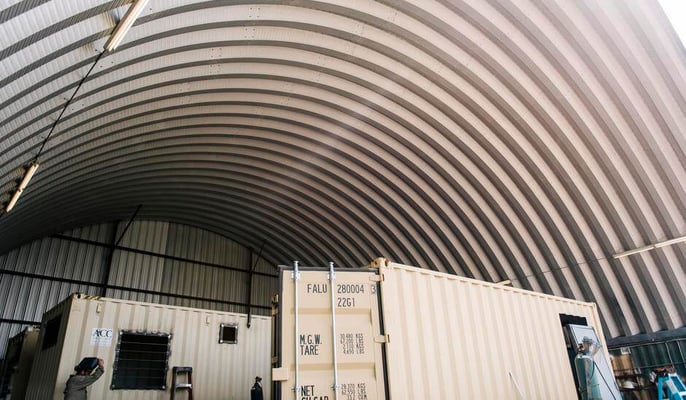
After eighteen years as the Executive Director of the Modular Building Institute (MBI) – an international non-profit trade association for the modular construction industry – Tom Hardiman forecasts drastic changes ahead. “Maybe twelve, thirteen, fourteen years that I was the director, not a lot of change,” he said over video chat, reflecting on the recent past of the modular industry. “We saw some growth, but nothing significant.” In the last five years, however, “the rate of change has just been phenomenal.”
Hardiman is the official spokesperson for the modular construction industry thanks not only to his role as MBI Executive Director but also Executive Director of the Modular Home Builders Association, which he stepped into in 2012. Where the MBI is focused more on commercial construction, Modular Home Builders Association focuses on single-family builds.
On the cusp of 2022, Hardiman continues to reflect on the recent history of modular construction – to better understand the future, we must remember the past. He says that while “the market share has doubled over the past five years” the biggest change he can point back to is that when the modular industry was once very siloed, it’s now “part of a building solution.” Before, construction projects were either modular projects or site built, now Hardiman says, “we're seeing a lot more integration with traditional general contractors, architects, and owners in the last four or five years than we ever have.”
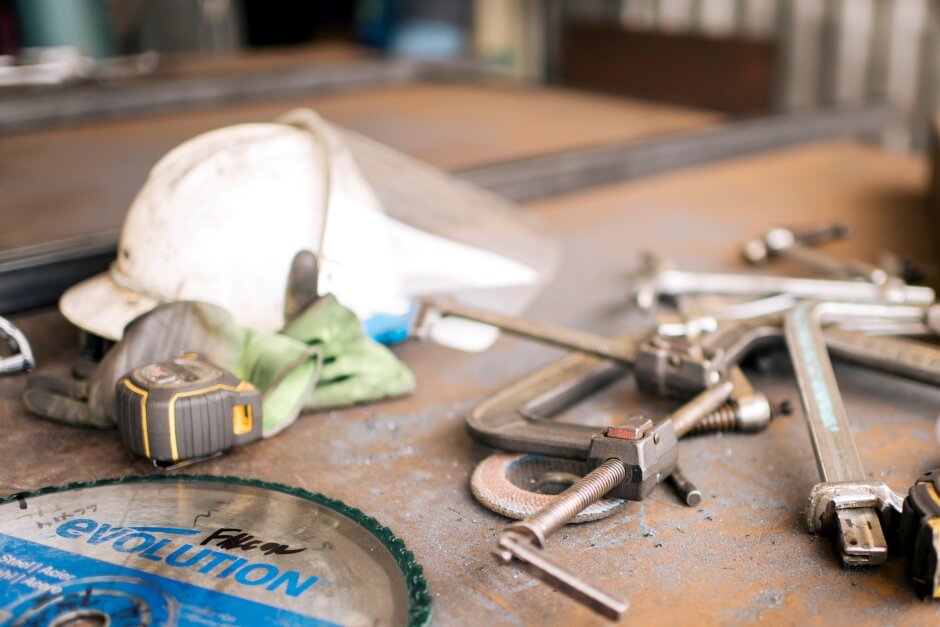
Increased integration fuels future growth. When I asked Hardiman about his predictions for the industry in the next ten years, he responded, “I have no idea. And I'd be lying if I said, ‘here's what it's going to look like in 10 years,’ because if you asked me five years ago, I would have never thought we’d have 1,300 people attending our [World of Modular] conference.”
The World of Modular Conference, hosted by the MBI, is the best-attended conference in the modular industry where collaborators come together annually (or virtually tune in) to grow their knowledge. Additionally, the MBI now sees business owners and architects joining their organization. “Those are people we used to spend money to market to, and now they're paying us to belong to our trade association so they can learn more about modular and make connections,” emphasizes Hardiman.
“Traditional GCs are going to have to embrace offsite, automated, industrialized construction to a greater extent, or they are just going to be struggling in the next three or four years, not even five to ten, just to be more efficient with labor,” said Hardiman. And when he pinpoints his top prediction, it’s that “the market share is going to at least double again in the next five years. At least.”
Hardiman sees inklings of the modular industry hitting the same growth cycle the world has witnessed from the technology industry – and it’s not a difficult comparison to make. In tech, “the rate of growth doubles every 10 years, and then it doubles every eight years, then it doubles again every year… once you get some momentum, it does not take as long for it to double again.”
When Shipping Containers Come into Play
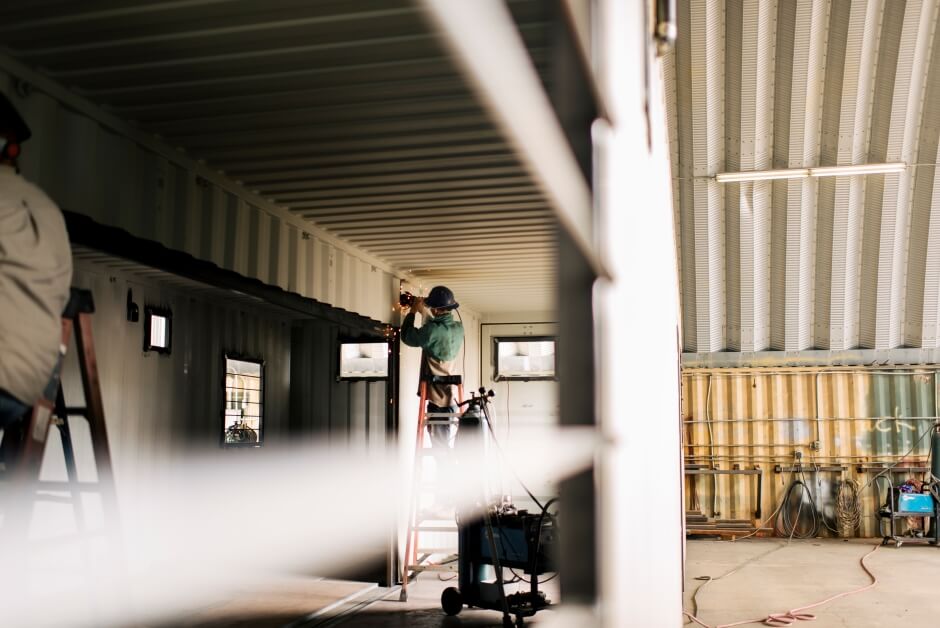
Newer still than the increased growth to modular construction is the introduction of modified shipping containers to the industry. Today, many designers, architects, and engineers choose to work with shipping containers for various reasons, finding them to be viable building elements. The roles containers play in modular, offsite construction continues to grow rapidly.
Hardiman says that even five years ago he didn’t anticipate how shipping containers would be used in modular construction today. “I think a lot of it stemmed from when we started working with Stephen Shang on the ICC guidelines for modified shipping containers. That really provided the regulatory framework for the container segment. It really gave MBI legitimacy to say, ‘that's part of our industry, let’s welcome those companies on board.’” In the time since Shang, CEO of Falcon Structures, stepped into the conversation, container manufacturers now make up a decent portion of the MBI’s membership base.
Prior to the established ICC guidelines, Hardiman compares the nearly unregulated world of container-based construction to the Wild West. Hardiman remembers feeling like some people were “just buying containers and cutting doors in them, saying, ‘here's an office’ and we're like, ‘whoa! Did an engineer do any calculations on that? Did you just cut holes in a container and call it an office?’ So, providing that guideline really started to help shape the industry.”
Now, with clear regulations and more states adopting container guidelines, Hardiman feels confident saying containers are “going to play a bigger role in who MBI is in the future. It's another very viable offsite construction solution.”
Tom Hardiman’s Advice to Customers
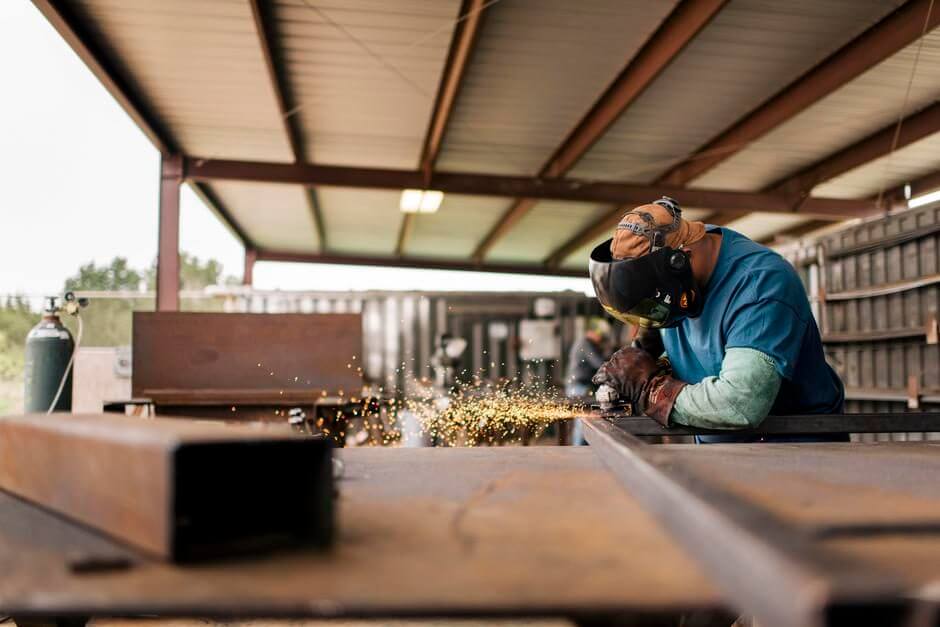
For those of you determining how to best pursue a modular construction project, Hardiman advises you to “do your homework and utilize the industry resources.” Talk to the companies you’re interested in working with, ask to see their completed projects, and dig deeper to determine if it’s the right fit. Then, don’t hesitate to reach out to the MBI to ask about the company you have in mind. The MBI will be able to confirm a company’s involvement with the organization and provide further insight into the modular manufacturer in question.
Falcon Structures’ CEO Stephen Shang has been a member of the MBI for over five years and was elected to its Board of Directors in 2019. Shang also served as co-chair of the MBI’s Shipping Container Task Force, a group that worked closely with the International Code Council (ICC) and paved the way for the 2021 International Building Code (IBC), formally incorporating shipping containers. Learn more about what’s possible when working with Falcon to create modified shipping container structures.
SUBSCRIBE
- Shipping Container Modifications
- How-Tos
- Workspace
- Commercial Construction
- Multi-Container Buildings
- Storage Solutions
- Industrial Enclosures
- Bathrooms & Locker Rooms
- Oil & Gas
- Climate Control
- Green Building
- Industry Insight
- Living Space
- Military & Training Facilities
- Water Treatment Solutions
- Energy
THINK INSIDE THE BOX®
WITH OUR BLOG
Get everything from shipping container basics, to detailed how-tos and industry news in our weekly blog. Stay inspired and subscribe!
RELATED BLOGS
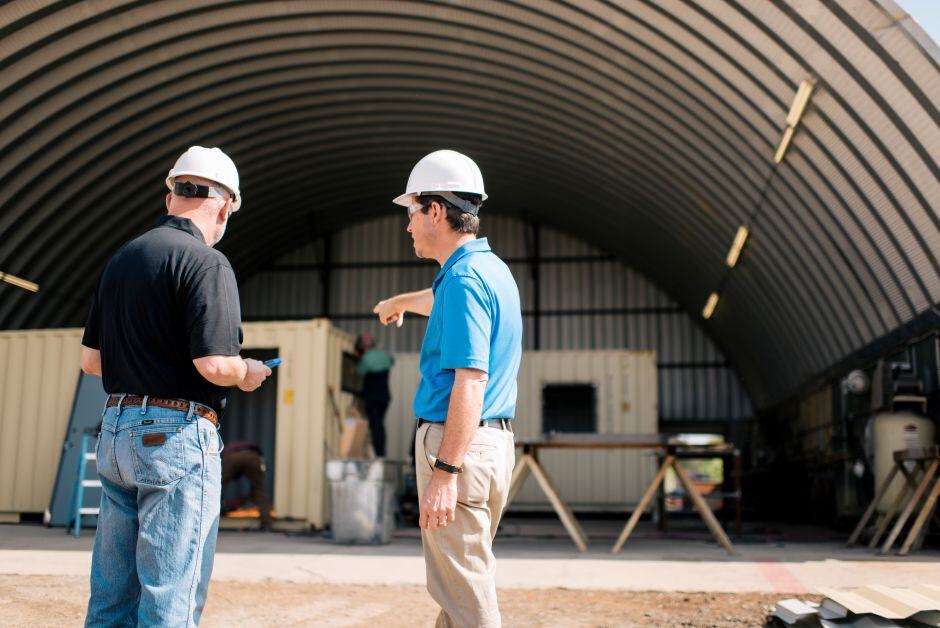
Building Better Workdays: Small-Footprint Modular Solutions for Harsh Jobsite Conditions
Stephen Shang | Apr 2, 2025 | 4 min read
READ MORE
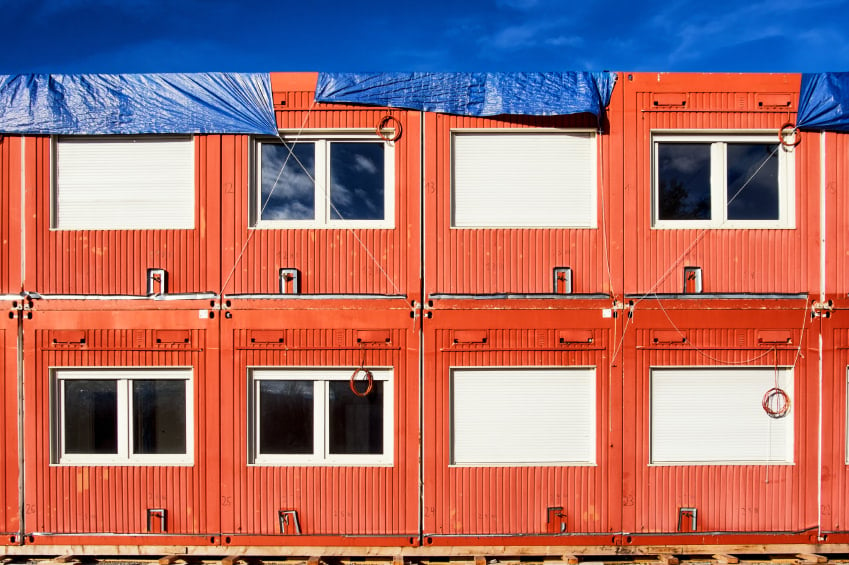
4 Structures that Should Be Replaced by Modified Shipping Containers
Stephen Shang | Apr 19, 2021 | 3 min read
READ MORE
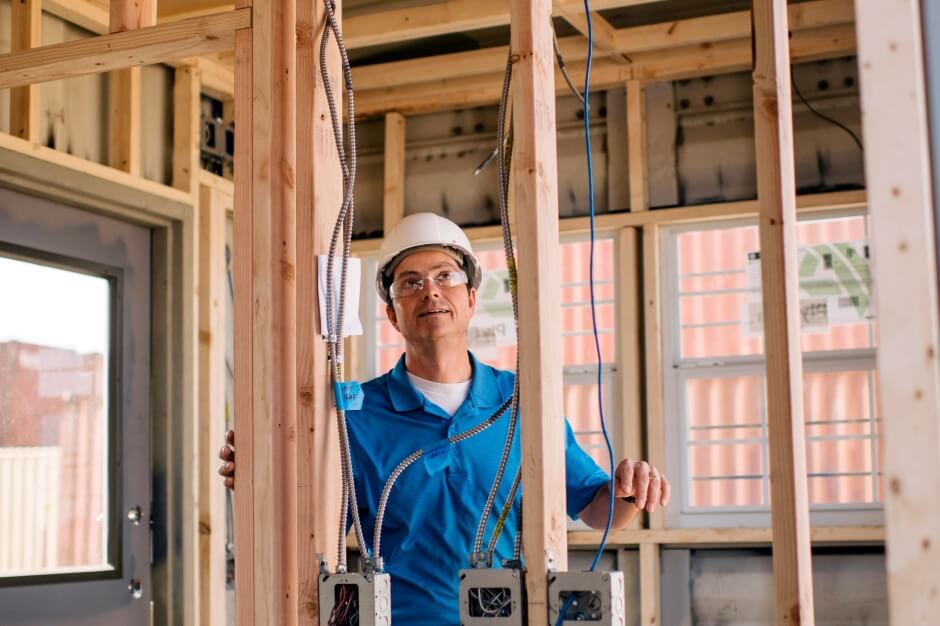
Why a Design Freeze is Crucial to Successful Modular Construction
Brian Dieringer | Mar 1, 2023 | 4 min read
READ MORE
